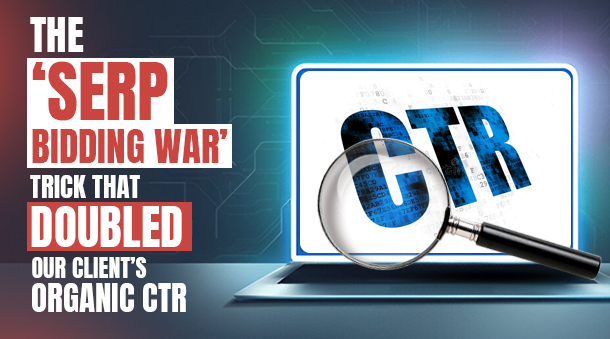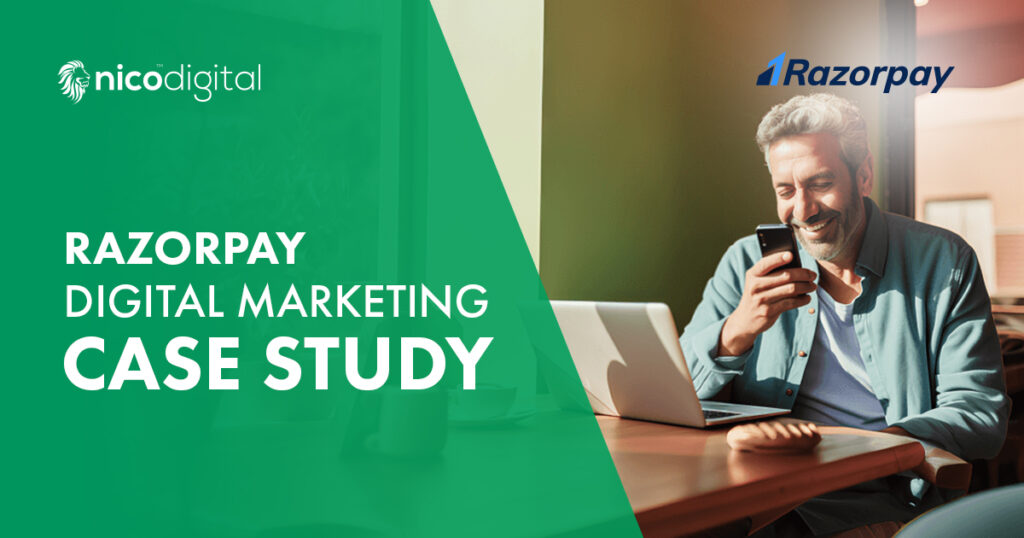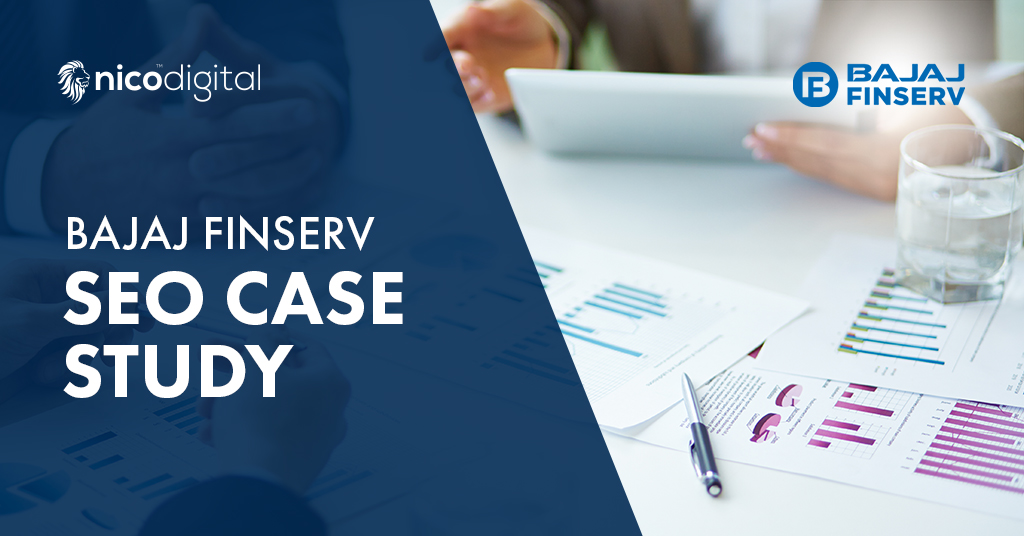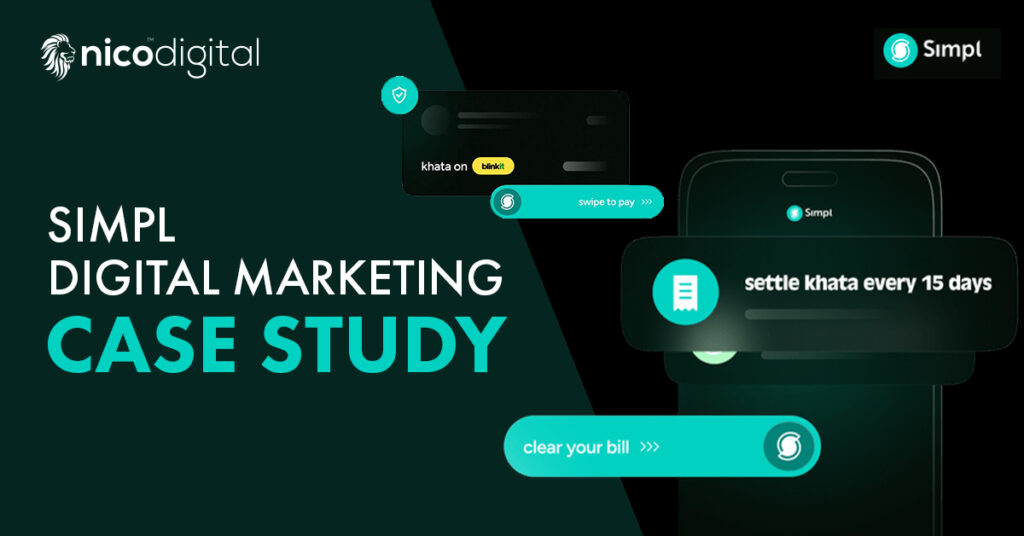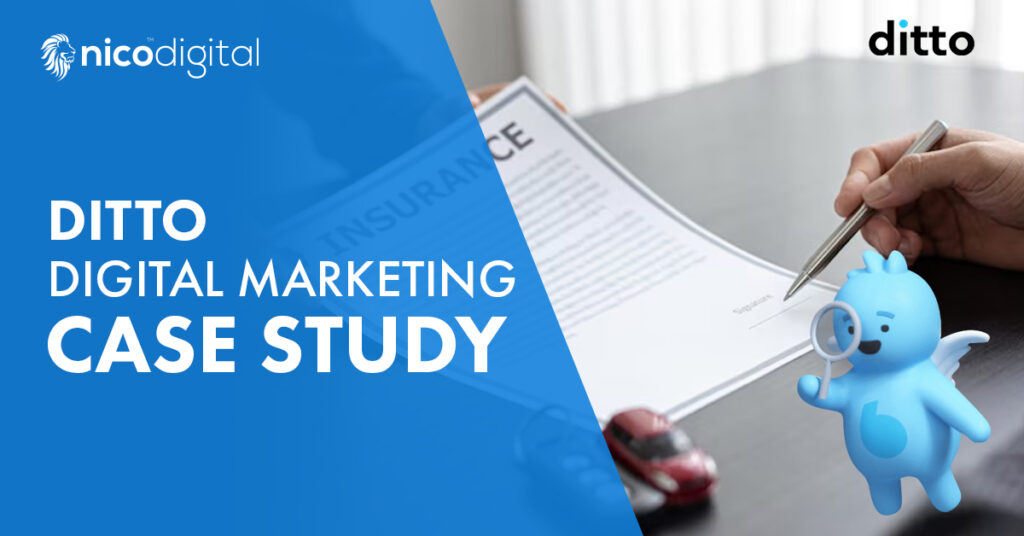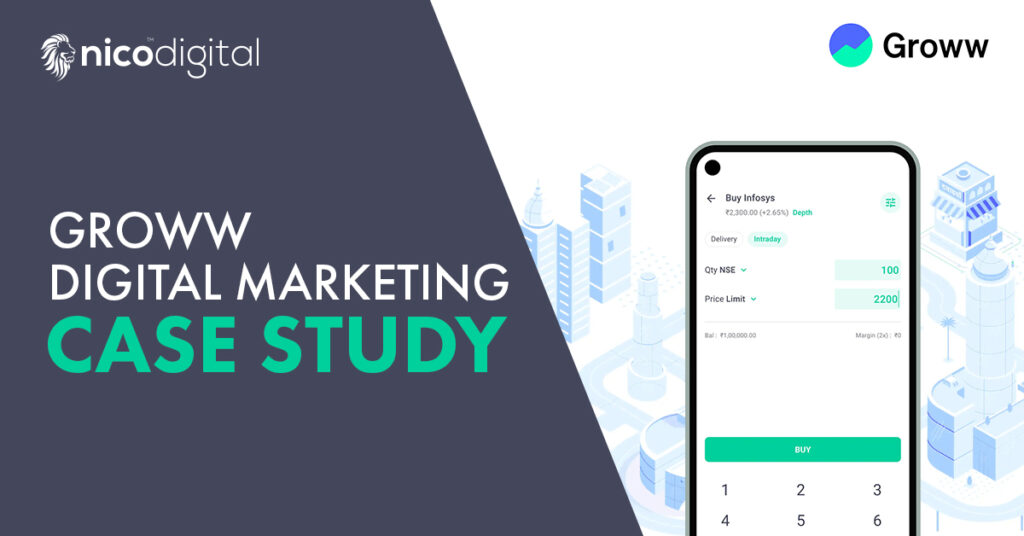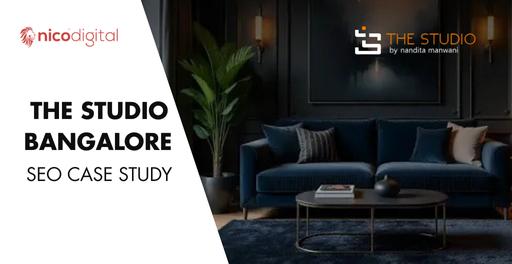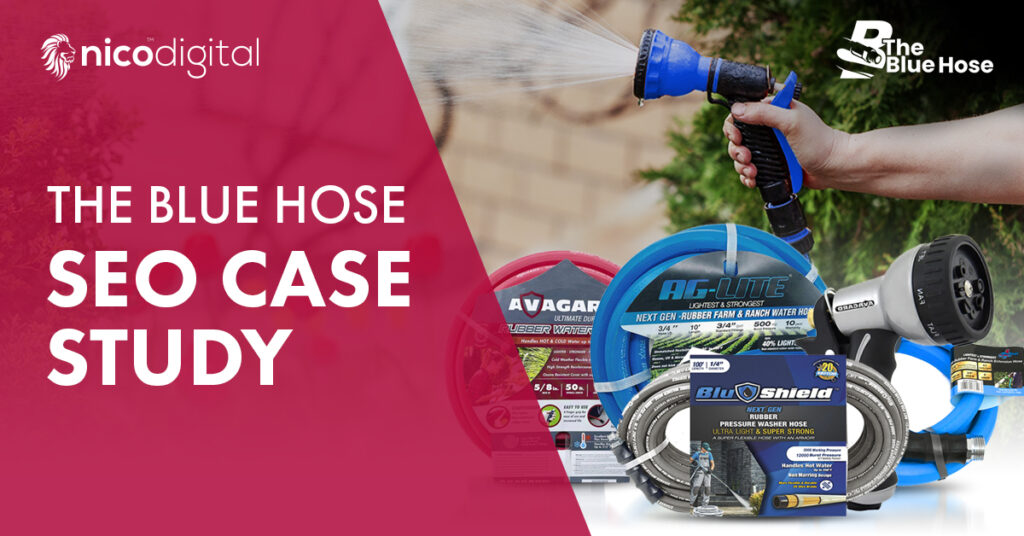
“We were stuck at #6, and then something unexpected happened…!”
One of our clients had called us up a few months ago. And they had a familiar frustration.
“We’re ranking on page one, but we’re not getting enough clicks. What’s the point?”
And they were right. For one of their most valuable keywords, let’s call it “custom leather briefcases”, they had found their way to position #6 organically. But, the click-through rate (CTR) was just 2.1%.
And this isn’t something unusual. Even though you can feel great about ranking on page 1, the reality is that positions #5 to #10 often live in the shadows.
Users rarely scroll past the top three results unless something really interesting grabs them. And if Google’s SERP of today is loaded with ads, featured snippets, shopping results, or people-also-ask boxes, even high organic rankings can get buried.
We knew traditional SEO wouldn’t solve this quickly. So we ran an experiment.
And what happened next changed how we approach CTR optimization, my friends.
The CTR Trick You Probably Haven’t Tried Yet
This isn’t about rewriting meta descriptions. Or adding emojis to titles. Or split-testing title tags. Here’s the trick: If you’re ranking between positions #4 and #10 for a high-intent keyword, run Google Ads for the same keyword.
Why?
Because Google often tests how well your organic listing performs when you’re also bidding on the keyword.
It sounds counterintuitive. Why should I pay for traffic when I am already “getting for free”?
Well, here’s the psychology behind it.
When a brand appears in both paid and organic listings, users start to trust it more.
It feels bigger. More legit. Omnipresent.
There’s even a name for this. Wait for it. SERP dominance!
SERP dominance is owning multiple spots on a search page to boost visibility and trust.
It’s the bias we all have without realizing it. If this brand is everywhere, it must be good.”
But that’s not all.
If you run ads for the same query, Google’s own algorithms may change your organic position.
And let me explain how that played out for our client.
A Story of How One Google Ad Lifted Our Organic CTR by 124%
For now, let’s get back to our client.
They sell premium, handcrafted leather goods. Beautiful products. Strong reviews. Clean site structure. They ticked all the boxes.
They had worked hard on SEO, and it had paid off…they were ranking #6 for “custom leather briefcases.”
But the CTR was flat. And after months of sitting there the traffic simply wasn’t improving.
CTR is the percentage of views that turn into clicks.
Then, we proposed this idea.
“Let’s run a small Google Search Ad campaign. We’ll bid only on the same keywords you already rank for, nothing new.”
The client was hesitant at first. Understandably. “Isn’t that just cannibalizing our own clicks?”
A valid concern of course.
But we managed to assure them this was not about stealing traffic from ourselves. It was about changing how users think and making Google test things.
So, we launched a small budget campaign. Just $20 a day. We made sure the ad copy was sharp and reflected the same value props as the organic listing.
Then… we waited.
Here’s what happened within 3 weeks:
- Organic CTR jumped from 2.1% to 4.7%.
- Average organic position briefly moved from 6.0 to 4.8 (before settling back).
- No SEO changes were made to the page itself.
What we discovered was fascinating.
Why This Works: The Psychology of Visibility and Trust
Okay, so before you start wondering what kind of SEO black magic is manifesting here, let’s break down the actual reality.
1. The Exposure Effect
Also called the mere-exposure effect, this is a psychological phenomenon where people tend to develop a preference for things they see repeatedly.
So when someone searches for “custom leather briefcases” and sees your brand both in the ad and in the organic listings, it builds trust…even before they click.
It doesn’t matter whether they click the ad or the organic result.
The human brain thinks: “Wait a minute…I have seen this brand before. They must be legit.”
2. Google’s Curiosity
While Google has never officially confirmed this (surprise, surprise), SEO professionals have long noticed this.
When you bid on a keyword that you already rank for, Google may test your organic snippet at a higher position.
Why?
Because Google’s best friend is user experience. And they are always chasing it.
If your organic result starts performing well in a test position…say, bumped to #3 from #6, it might permanently move up.
It’s a low-cost way for Google to A/B test ranking changes using real-time user behaviour.
In our case, that’s exactly what happened. For a few days, we noticed that the client’s organic link was being served in position #3 or #4, even though Search Console still said “Average Position 6.”
It was a test. And during that test, our CTR soared.
| Metric | Before Ads | After 3 Weeks of Ads |
|---|---|---|
| Average Organic Position | 6.0 | 5.8 (spiked to 3 briefly) |
| Organic CTR | 2.1% | 4.7% |
| Monthly Clicks (Organic) | 210 | 469 |
| SEO Changes Made | None | None |
| Ad Spend | $420 | $0 (after test) |
Important to note:
After we turned off the ads, CTR dropped slightly but stabilized at 3.8%, which was still 80% higher than before.
What happened was that the brief ad run helped prime the SERP environment, and even after the ads ceased, the organic performance improved.
Why This Isn’t Cannibalization?
Okay, let’s address the big objection here.
“Aren’t I just paying for clicks I would’ve gotten anyway?”
Not exactly.
In most cases, if you’re sitting at #6 or below, you’re not getting the click.
You’re not losing money…you’re buying visibility you didn’t have before.
In fact, in a famous Google study, 89% of ad clicks were incremental…meaning they would not have occurred if the ads didn’t exist.
So even if some of those ad clicks could have gone to your organic result, what matters is that:
- Your total visibility increases.
- Your brand perception improves.
- Your organic CTR benefits over time.
It’s not cannibalization. It’s strategic amplification.
When This Strategy Works Best
But hold on…this isn’t a silver bullet for every situation out there. But, below are the situations when it works exceptionally well.
- You’re already ranking on page 1 (ideally #4–#10)
Running ads on keywords where you’re buried on page 2 or 3 won’t trigger this effect as strongly.
- You have a strong organic snippet
If your meta title and description are compelling, this strategy supercharges them. But if they’re dull…go fix that first.
- The keyword has commercial intent
Think: product searches, service comparisons, location-specific services.
Informational keywords? Not so much.
- Your ad messaging matches your organic value
Consistency reinforces the brand. If your ad says “Handmade leather briefcases” and your organic title says something completely different, it breaks trust.
The “SERP Bidding War” Trick in Action
Well, now that you have an idea of what SERP dominance is, let’s look at some ways in which you can implement it.
1. Identify the Target
Find a keyword where you rank organically around position #5, #6, or #7. Position #6 is often the sweet spot. It is high enough to be on page one but low enough to suffer from terrible CTR. The keyword should be commercially valuable.
2. Launch the “Provocation”
Set up a targeted Google Ads campaign bidding specifically on that exact keyword. You don’t need a massive budget here. The goal isn’t necessarily to win the paid auction outright or get tons of paid clicks (though that’s a bonus!). The goal is to send a signal to Google.
3. Trigger the Experiment
Google’s systems detect that the domain appearing organically at #6 is also bidding on that keyword. The experiment kicks in. “For some users, let’s try showing the brand organically at position #2 or #3 instead of #6. Does that get more clicks than the current #2 or #3? Do users engage better?”
4. Capitalize on the Visibility Boost
When your organic listing gets temporarily “promoted” in the test, it suddenly gains massive visibility. It’s now above the scroll. Users who would have never seen it at #6 now see it prominently. In addition to this, users inherently trust organic results more than ads. Seeing you rank high organically and run an ad can subtly reinforce your authority.
5. The CTR Snowball
Your overall organic CTR for that keyword rises significantly when even a tiny portion of users see your organic result in the top spot. More impressions in high-visibility spots = significantly more clicks, even if the experiment only runs for a portion of searches. Google observes the higher CTR and engagement from the test group.
6. The Potential Long-Term Win
You get an immediate effect, which is the CTR boost from the experiment. But there’s also a potential longer-term benefit. If your listing performs exceptionally well during the test (high CTR, low bounce rate, good engagement), Google’s algorithm might take note. This positive performance data could become a signal that helps solidify a higher organic ranking over time. It tells Google, “Users do prefer this result when they see it higher up.”
Is This Ethical?
Some might call this “gaming” the system.
We see it as understanding the system. And utilizing their own mechanisms smartly. We’re not hacking, spamming, or buying links.
We’re using a legitimate paid advertising platform (Google Ads) in a targeted way. We’re sending Google signals it’s designed to recognize and act upon.
And the result? A better user experience!
Users see a relevant organic result more prominently, and they click on it more often because it is relevant.
It’s a win. And it’s facilitated by understanding Google’s own psychology.
Sometimes, SEO Isn’t the Answer!
We spend so much time tweaking SEO. Writing better meta tags, building links, improving load speed…and those are all essential long-term moves.
But sometimes, the fastest wins come from unexpected places.
And in this case, a small Google Ads campaign doubled our organic CTR.
Not by brute force. But by understanding how people behave on the SERP… and how Google observes that behaviour.
So if you’re stuck at #6, #7, or #8 and wondering why no one clicks…
You might not need a content overhaul.
You might just need a little SERP dominance.
Ready to try this for your own brand?
We’ve helped ecommerce, SaaS, and service-based brands use this tactic with great success.
Want us to take a look at your current rankings and see if you’re a good fit for this strategy?
Connect with me to discuss how we can help your brand achieve similar results.
Let’s stop chasing clicks and start attracting them. Smartly.

